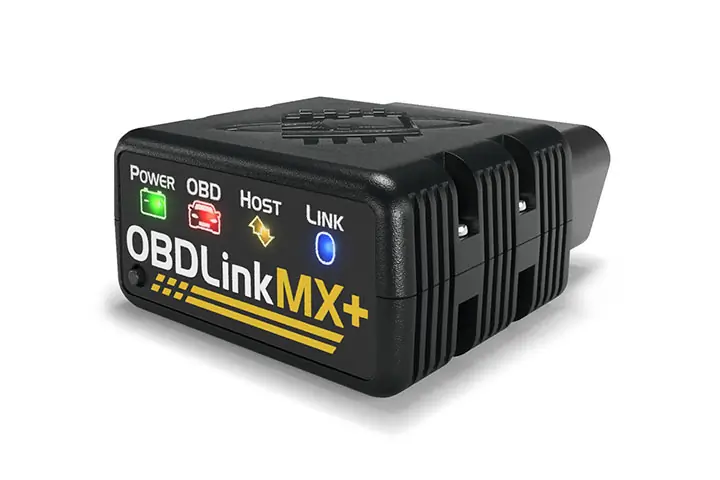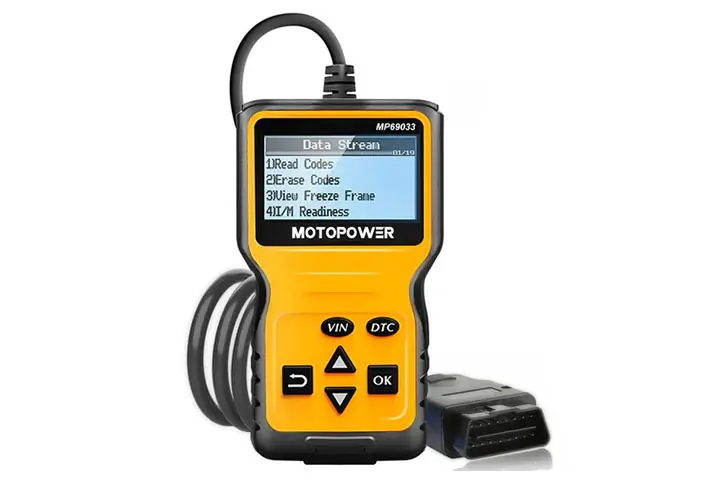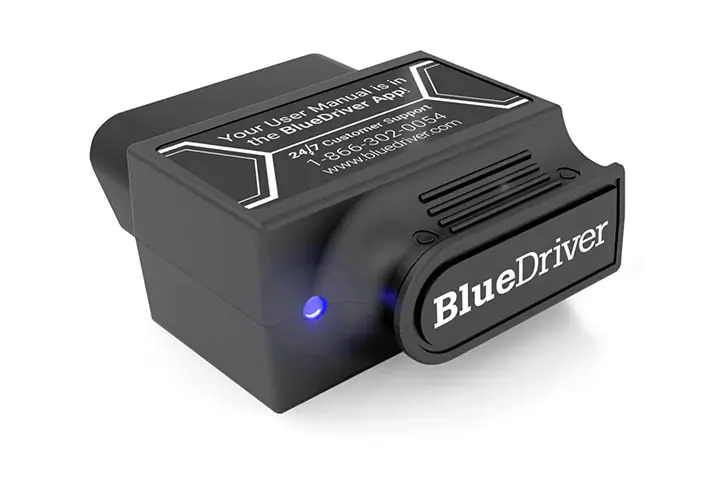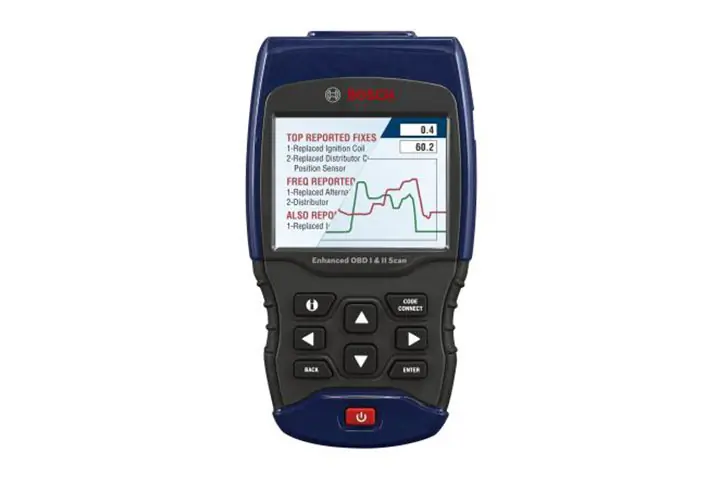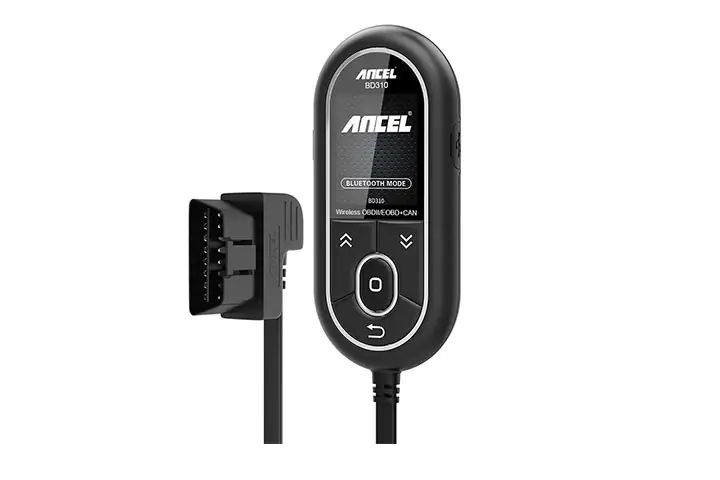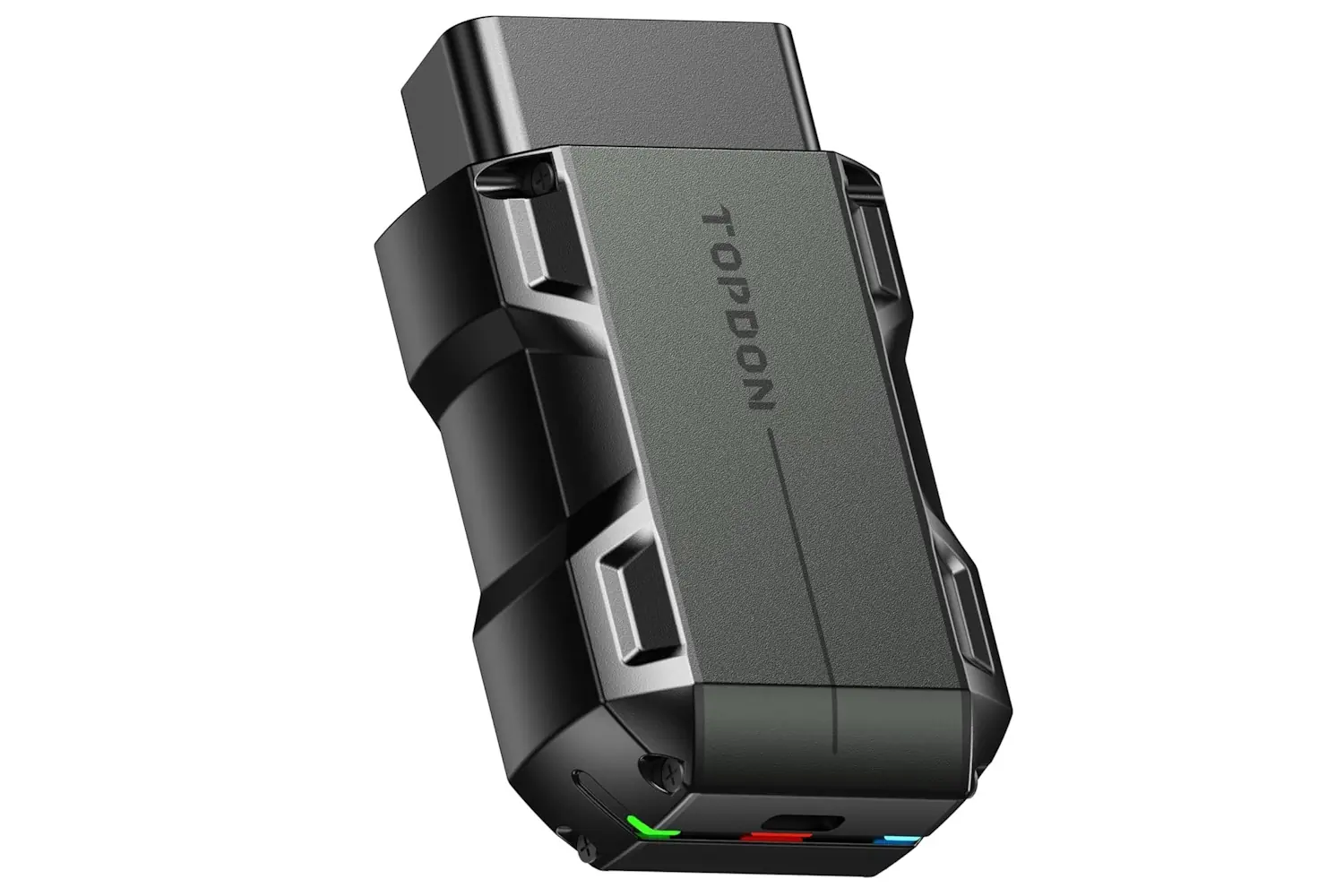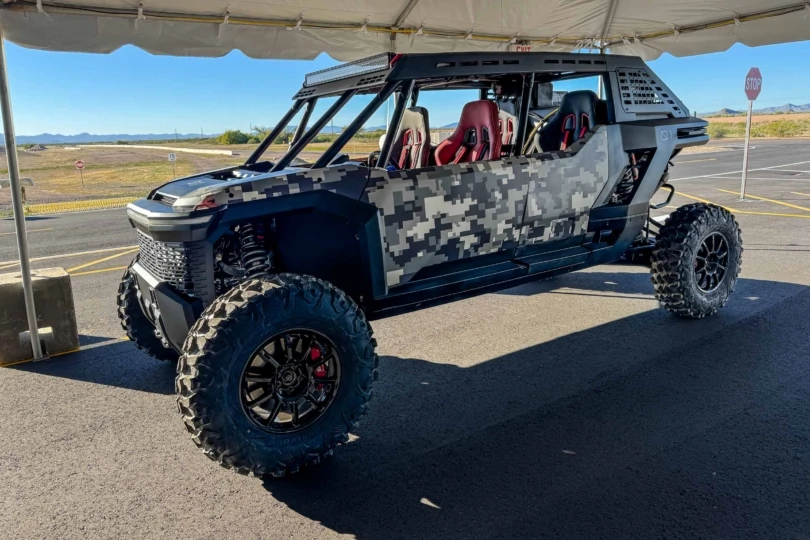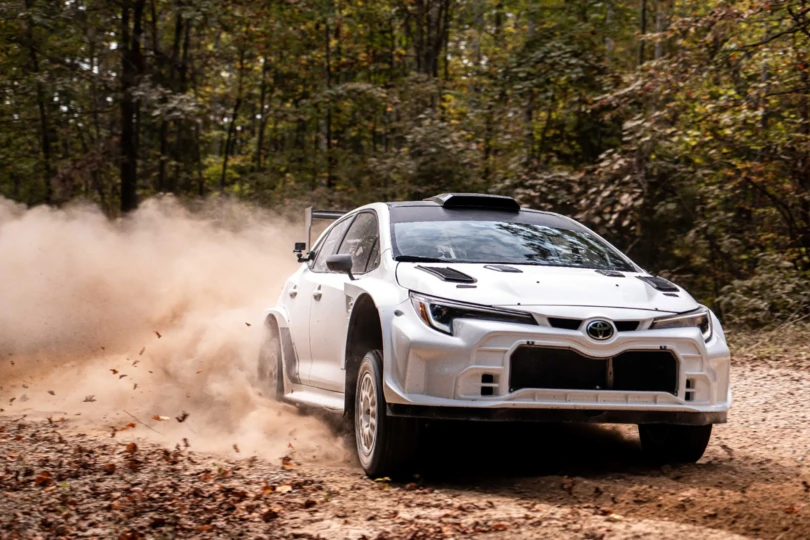Does your car speak a different language? Ours does, too. That’s why we always keep an OBD2 scanner in the glovebox to help us bridge the gap if the engine starts to sputter, new noises pop up, or the check engine light pops on.
Communicating with your vehicle’s computer is the job of an OBD2 scanner, also known as a code reader. These savvy auto tools can clear the car’s trouble codes, check engine lights, and monitor the automobile’s health and information.
While most of these computers offer a fairly universal service, the designs also differ. Various types of scanners serve different makes and models, and some code readers provide fixes for the issue, as well as a plethora of additional data about how your vehicle is used. On one end, you have the premium-grade Bosch 1300 OBD that reads both OBD1 and OBD2 codes. On the other end, you have compact scanners with easy-to-read and detailed diagnoses like the OBDLINK MX+ that focus on OBD2 codes.
To learn more about the features of OBD2 scanners and a more in-depth analysis of how these straps can vary, be sure to check out the Buyer’s Guide or jump to the Price & Value summary. Still weighing your options? Consult our Comparison Chart below. Otherwise, scroll through to see all of our recommendations for 2024.
Editor’s Note: We updated our OBD2 Scanners buyer’s guide on November 1, 2024, spotlighting the Topdon TopScan OBD2 Bluetooth Scanner.
The Best OBD2 Scanners of 2025
OBDLINK MX+
- Connection: Bluetooth (via an app)
- Data Log: Trip stats and vehicle stats for every drive
- Identifies Solution: Yes
- Live Data: Yes, viewable on 6-gauge digital display via app
- Display: Phone or tablet
- Vehicle Compatibility: All 1996 and newer cars in U.S. and international variants
Pros
- Offers advanced data for Ford and General Motors vehicles (like cooled/heated seats)
- Battery drain and overvoltage protection
- Compatible with IOS, Android, Windows, and third-party apps
Cons
- Limited compatibility with new vehicles 2022 or newer
Motopower MP69033
- Connection: Wired
- Data Log: No
- Identifies Solution: No
- Live Data: Some
- Display: 2.8″ non-color screen
- Vehicle Compatibility: Most U.S., E.U., and Canada models
Pros
- Priced affordably
- Large buttons for ergonomic use
Cons
- Not as feature-rich
- Basic code reader
- Screen isn’t the most clarion
Bluedriver Pro
- Connection: Bluetooth
- Data Log: Freeze frame
- Identifies Solution: Yes, multiple fixes
- Live Data: Yes
- Display: Phone or tablet
- Vehicle Compatibility: Most U.S., E.U., and Canada
Pros
- Easy-to-use app
- Comprehensive diagnostic reports with code
- Includes codes for airbag, tire-pressure monitoring system (TPMS), and anti-lock braking system (ABS)
Cons
- Live data can be hard to monitor while driving and confusing
- User manual needs cell data or WiFi
- Not compatible with other apps
Bosch 1300 OBD
- Connection: Wired
- Data Log: Yes
- Identifies Solution: Yes, 26 million fixes in database
- Live Data: Yes
- Display: 3.5” color display
- Vehicle Compatibility: All U.S. OBD1 and OBD2 vehicles
Pros
- OBD1 and OBD2 compatibility
- ABS and supplemental restraint system (SRS)/airbag codes
- Battery-powered for use when vehicle is dead
- 26 million experience-based fixes uploaded
Cons
- Priciest option tested
- Extra cables occupy excess room
- No fuel mileage data
Ancel BD31
- Connection: Wired and bluetooth
- Data Log: Freeze frame
- Identifies Solution: Yes
- Live Data: Yes
- Display: Phone, tablet, and handheld 1.5 x 2” screen
- Vehicle Compatibility: All OBD2 vehicles plus E.U. and Canada
Pros
- Provides multiple probable fixes for every check engine code
- Switches between bluetooth and wired handheld connection with ease
- Handheld can be used as an additional heads-up display (HUD) with heater and magnet mount
Cons
- Screen can be hard to read
- Less information is displayed via wired connection versus bluetooth app
- Won’t clear ABS or airbag codes
- Connection: Wireless
- Data Log: Freeze Frame
- Identifies Solution: Yes
- Live Data: Yes
- Display: Phone, tablet
- Vehicle Compatibility: 98% of vehicles from 1996-2023
Pros
- Compact
- Bluetooth
- Live data
- ABS and Air Bag codes
Cons
- Only works on vehicles up to 2023 (but Topdon does put out regular updates)
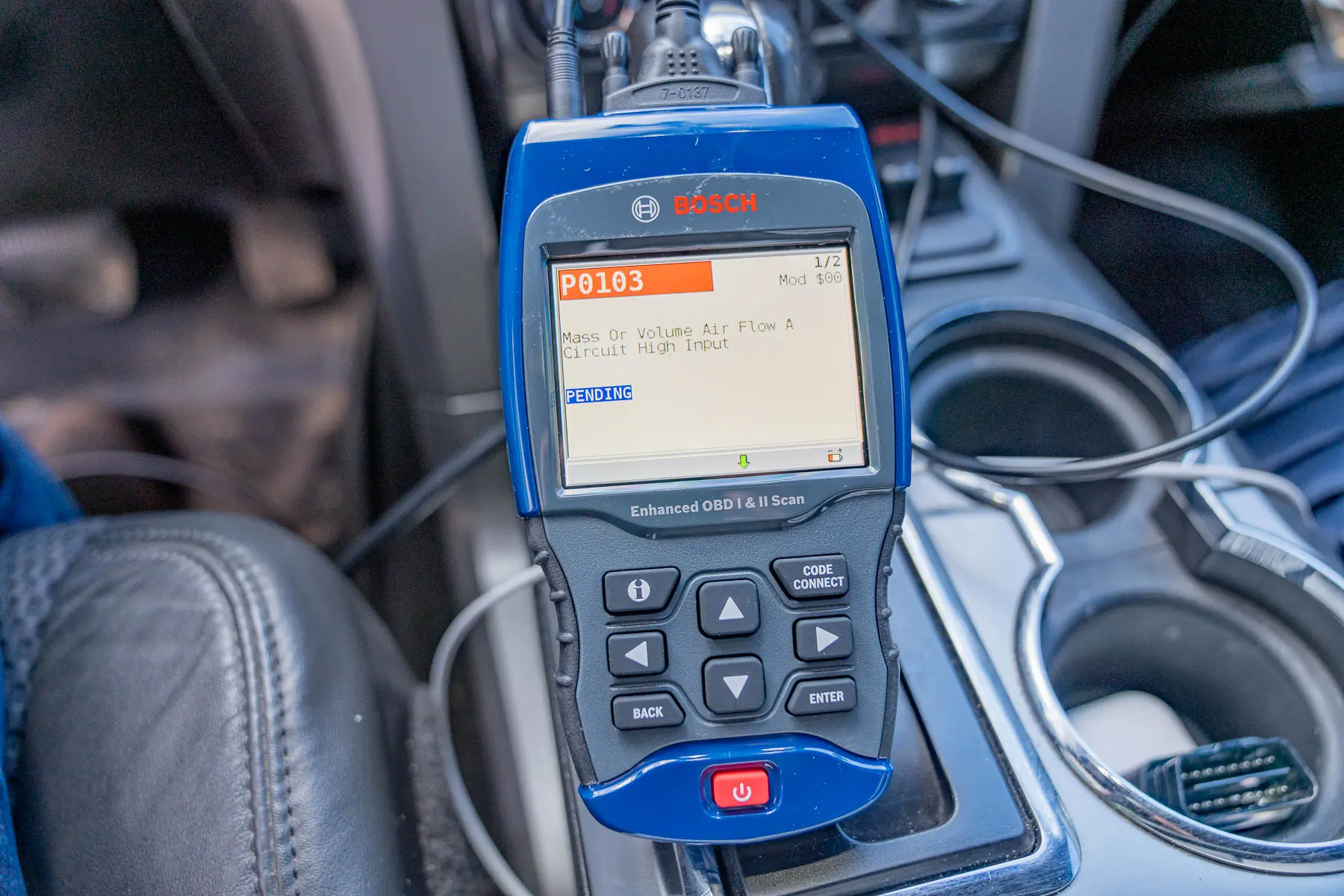
OBD2 Scanners Comparison Chart
Scroll right to view all of the columns: Price, Connection, Data Log, Identifies Solution, Live Data, and Vehicle Compatibility.
| OBD2 Scanner | Price | Connection | Data Log | Identifies Solution | Live Data | Vehicle Compatibility |
|---|---|---|---|---|---|---|
| OBDLINK MX+ | $140 | Bluetooth (via an app) | Trip stats and vehicle stats for every drive | Yes | Yes, viewable on 6-gauge digital display via app | All 1996 and newer cars in U.S. and international variants |
| Motopower MP69033 | $24 | Wired | No | No | Some | Most U.S., E.U., and Canada models |
| Bluedriver Pro | $100 | Bluetooth | Freeze frame | Yes, multiple fixes | Yes | Most U.S., E.U., and Canada |
| Bosch 1300 OBD | $300 | Wired | Yes | Yes, 26 million fixes in database | Yes | All U.S. OBD1 and OBD2 vehicles |
| Ancel BD31 | $88 | Wired and Bluetooth | Freeze frame | Yes | Yes | All OBD2 vehicles plus E.U. and Canada |




How We Tested OBD2 Scanners
Our Expert Testers
Our lead tester, Eric Phillips, has been an outdoor professional for the last 10 years along with being a hobby automotive enthusiast. From growing up working on and building cars to continuing to build trucks in his free time, Phillips has always had a code reader in his glove box and wasn’t scared to use it.
Tester and photographer Chip Jordan is an all-around outdoorsman and gearhead. He has spent the vast majority of his life wrenching on most anything with an engine and wheels. While Jordan has a deep appreciation and love for the timeless classics, he also understands progression. So you can bet there is a scanner in his toolbox for those late-model mishaps.
Our Testing Grounds
Phillips is based in Southwest Colorado. Jordan is based in New Mexico. They road trip all over the west and across the country.
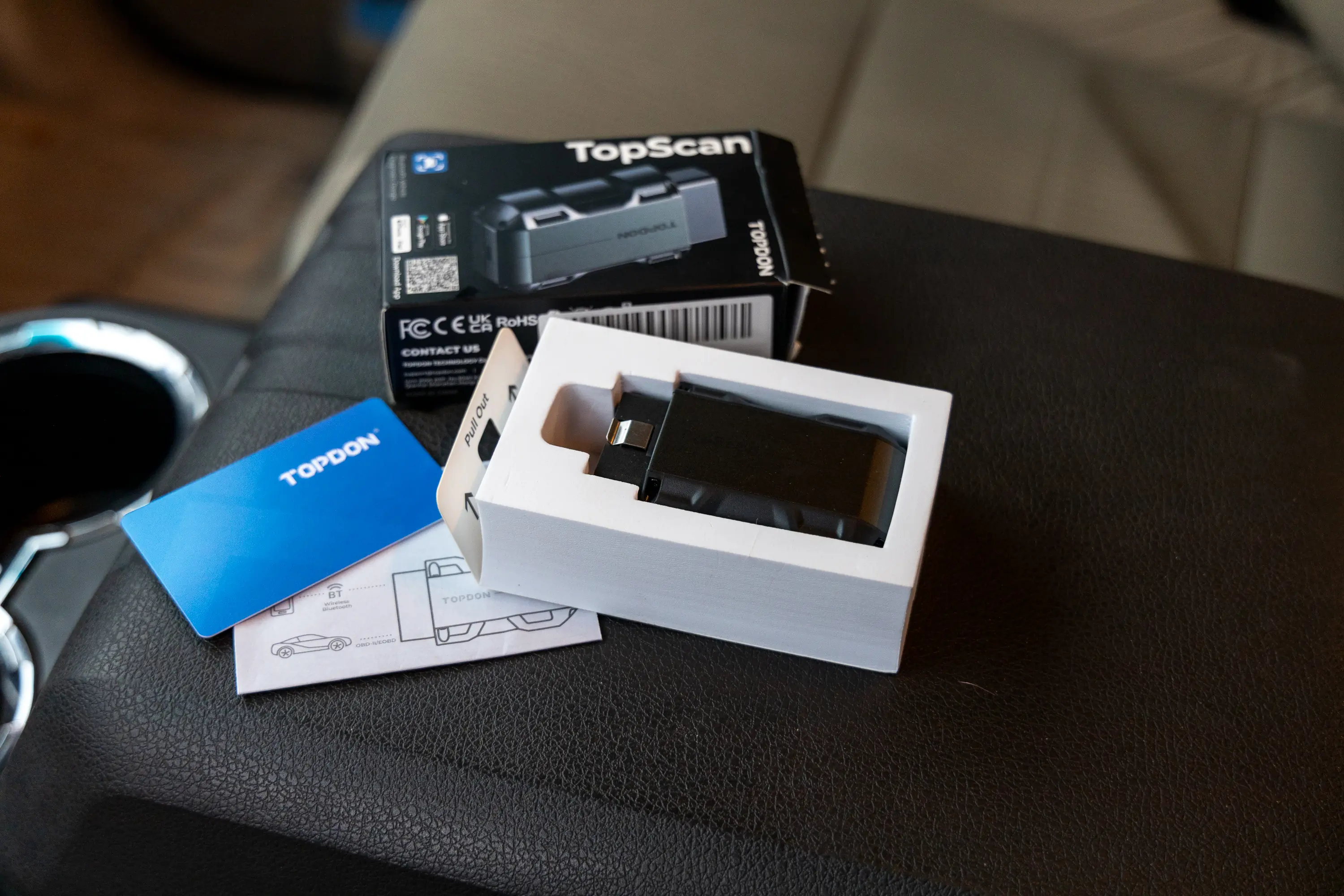



Our Testing Process
Our team tested OBD2 scanners in two primary ways. First, we used the code detectors to read, diagnose, and clear codes. Secondly, we used the scanners to get as much information as possible about our test vehicle. On our 2014 Ford F-150 Raptor test vehicle, we unplugged the MAF (mass air flow) sensor to generate a check engine light and the P0103 and P0113 codes. We also did testing on a 2008 Ford F-250 with an active TPMS code as well as a few logged codes from past issues.
From one design to the next, we compared how fast it was to read and clear the code, as well as how much information about the code was recorded. We compared what diagnostics, or fixes, were available alongside the code. At a foundational level and functionality, each OBD2 scanner we tested was able to read and clear both codes.
Furthermore, our test team looked at all of the information that was available within each scanner. At a basic level, could we check ABS and airbag systems? How much live data could we monitor at one time, and how easy was it to glimpse the data while driving? (We absolutely recommend that you pull over to read in-depth information like you should for text messages — we simply mean, do you have the ability to scan data much like you would glance at your speedometer or fuel tank gauge.) Additionally, we took a deep dive into the menus and functionalities of each scanner, making sure to see which one could provide our readers with the most information possible.
Throughout our field tests and personal experience, we determined the top OBD2 scanners based on a variety of metrics including vehicle compatibility, live data, diagnostics, connection point, ease of use, vehicle information, functions, logs, test reports, features, and support.
Beyond our tests, we also considered the most popular, award-worthy, universal, and affordable designs. These OBD2 scanners serve a range of drivers, vehicles, applications, styles, and budgets.




Buyer’s Guide: How to Choose an OBD2 Scanner
Read & Clear Codes
The most basic function of an OBD2 scanner is to read and clear the trouble codes that cause check engine lights. Now, what are these codes referring to? A trouble code is produced by the onboard computer system when it senses a status that’s out of normal parameters. These hiccups can exist within the engine and transmission, emissions, or other systems.
Clearing a code deletes it from the system and turns off the check engine light. If the problem that caused the code in the first place is not fixed, the vehicle will produce the code again and turn the check engine light back on. You can clear a code to verify that it is a recurring problem by waiting for it to come back or after a fix is attempted.
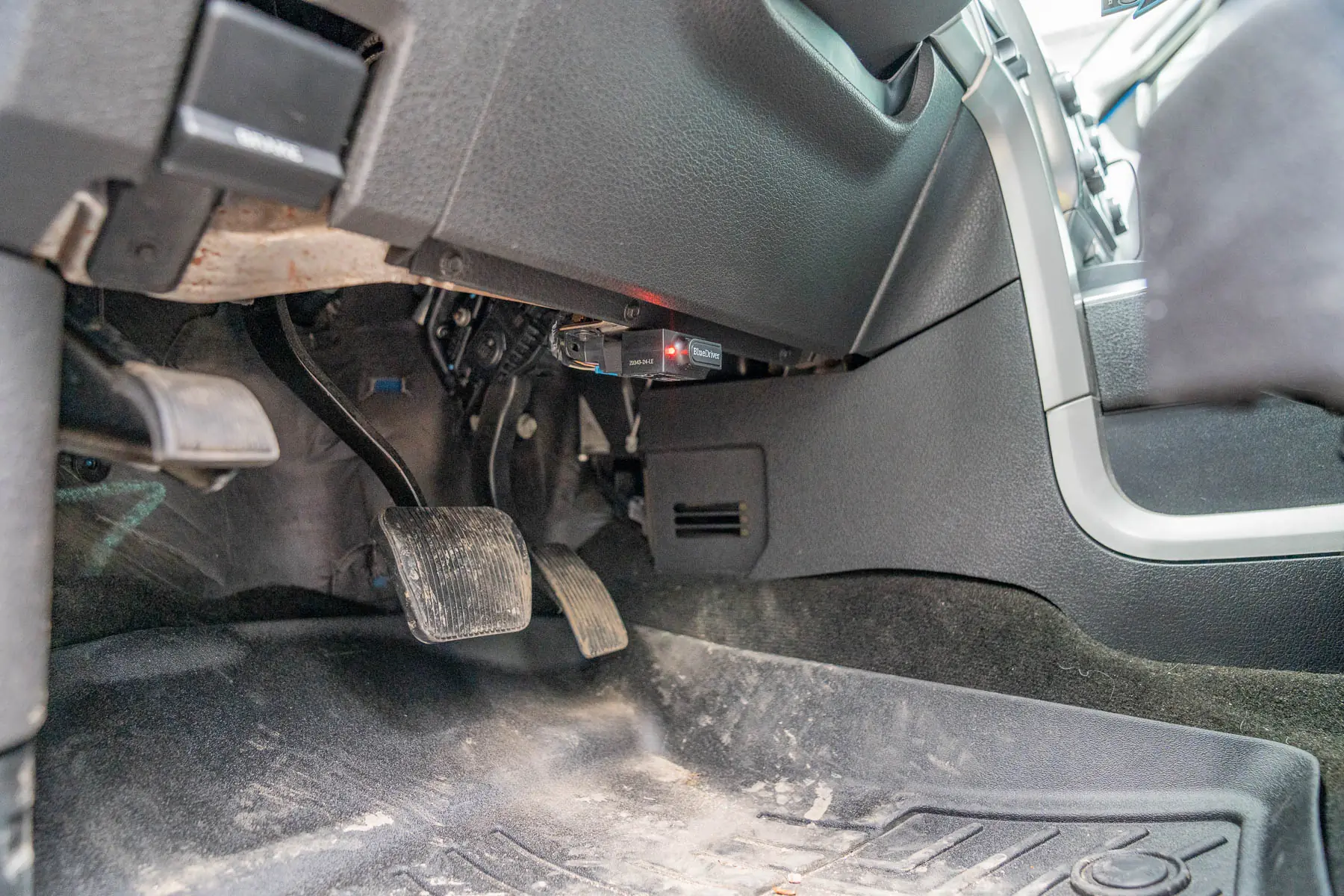



Foundation: How to Read an Error Code
Codes produced are five characters long and can be broken down simply. The first character of the code represents the system related to the problem:
- B: Body
- C: Chassis
- P: Powertrain
- U: Undefined
Second in line, the next character lets you know whether the code is generic or enhanced:
- 0: Generic
- 1: Enhanced
The third character identifies the sub-system that the code pertains to:
- 1: Emission management (air or fuel)
- 2: Injector circuit (air or fuel)
- 3: Misfire or ignition
- 4: Emission control
- 5: Idle control and vehicle speed
- 6: Output circuit and computer
- 7: Transmission
- 8: Transmission
- 9: SAE Reserved
- 0: SAE Reserved
The fourth and fifth characters are variable and relate to specific problems.
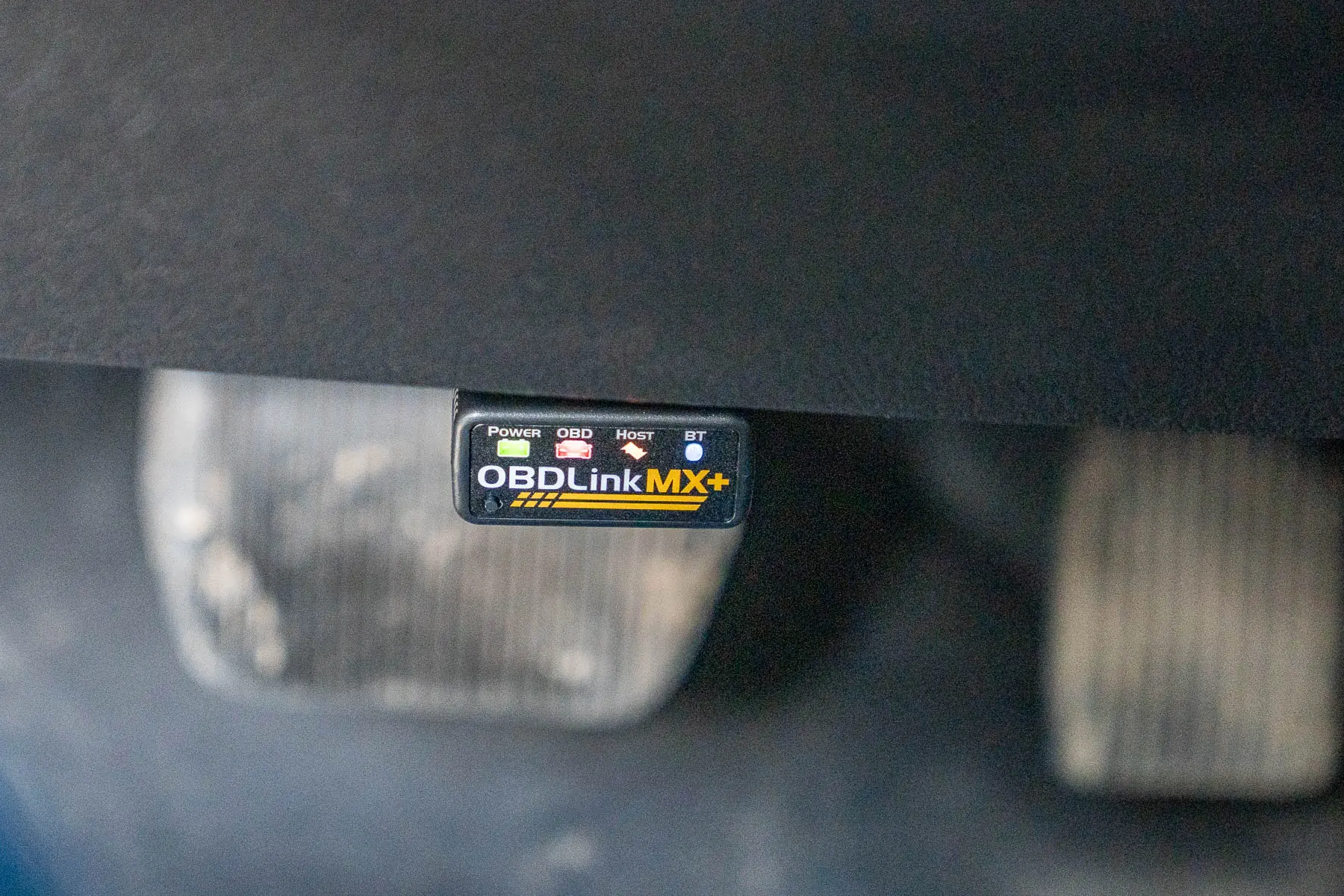



Code Reading Interface
While all the scanners in our guide can connect to the vehicle and produce this five-character trouble code, some of them make it easier to not only read the codes, but can also read more vehicle-specific codes. To point, the Motopower MP69033 doesn’t have many features, therefore it has an uncomplicated menu that is very self-explanatory to use in order to read and clear basic codes.
Alternatively, we considered the Bosch 1300 OBD to be among the most time-consuming to read codes as it asks a few questions before reading the codes. With all consideration, it’s still pretty fast. It can read airbag and ABS codes on top of normal codes.
Any of the Bluetooth code readers use a phone-based app to read the codes compared to pushing physical buttons. The user interface of such designs is much quicker to use and delivers more information. Each Bluetooth app will walk you through step-by-step instructions to connect to your vehicle and then read any error codes.
The Ancel BD31 can read both airbag and anti-lock braking system (ABS) codes. The Bluedriver Pro can read airbag, tire-pressure monitoring system (TPMS), and ABS. And with a strong throw-down, the OBDLINK MX+ and the Topdon TopScan OBD2 Bluetooth Scanner can both read ABS, airbag, TPMS codes plus additional GM and Ford codes and parameters that are off limits to other code readers.
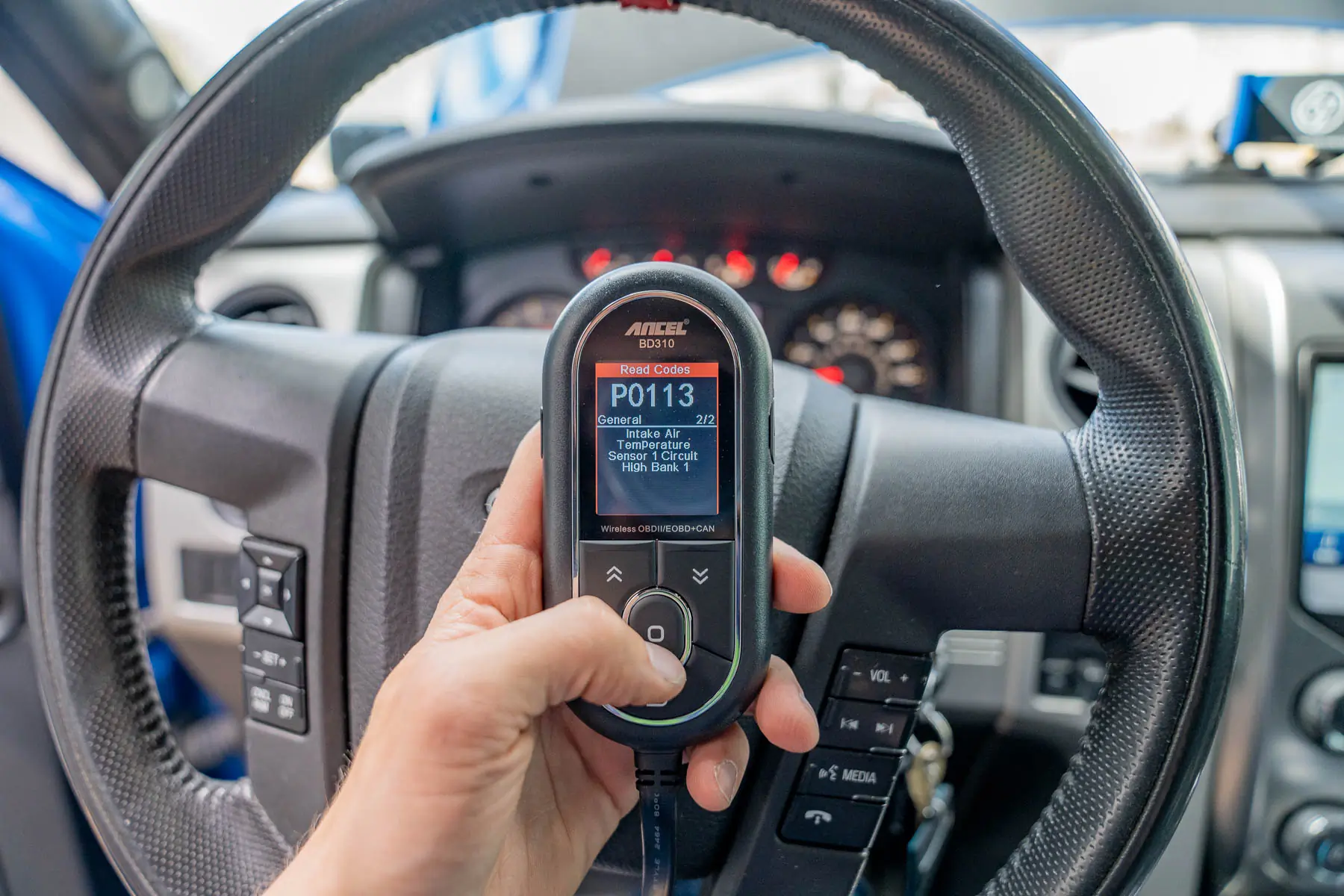



Diagnostics
Before diagnostics, the first step when using an OBD2 scanner is to read the code, which is provided in a basic five-character format. When a scanner provides its reading, it’ll deliver a basic description associated with that code. The Motopower MP69033, for example, only displays the code and its foundational descriptions.
Take P0113, for instance, which is the code that identifies the Intake Air Temperature Sensor 1 Circuit High. After you have the code in hand comes diagnostics, or trying to diagnose the problem that caused the code in the first place. Many scanners in our guide go a step above reading codes and also provide high-quality diagnostics.
The Bosch 1300 OBD provides the same information on its screen as the Motopower MP69033 but has an internal library of 26 million possible fixes for different error codes. On a different screen, you can type in the specific error code to find possible fixes, which is pretty advantageous.
Bluetooth-compliant OBD2 scanners go a step further by connecting to the internet, which helps open up a library of information when it comes to understanding codes. On their display readout of the error code, they will include a link to the internet to search the specific code in order to find fixes.
It’s worth noting that this only works with cell service, unlike the Bosch 1300 OBD, which has its diagnostics saved internally in its computer. The standout in this realm was the Ancel BD31, coming in hot with six possible faults per error, plus a link to view more information via Google for every faulty code.
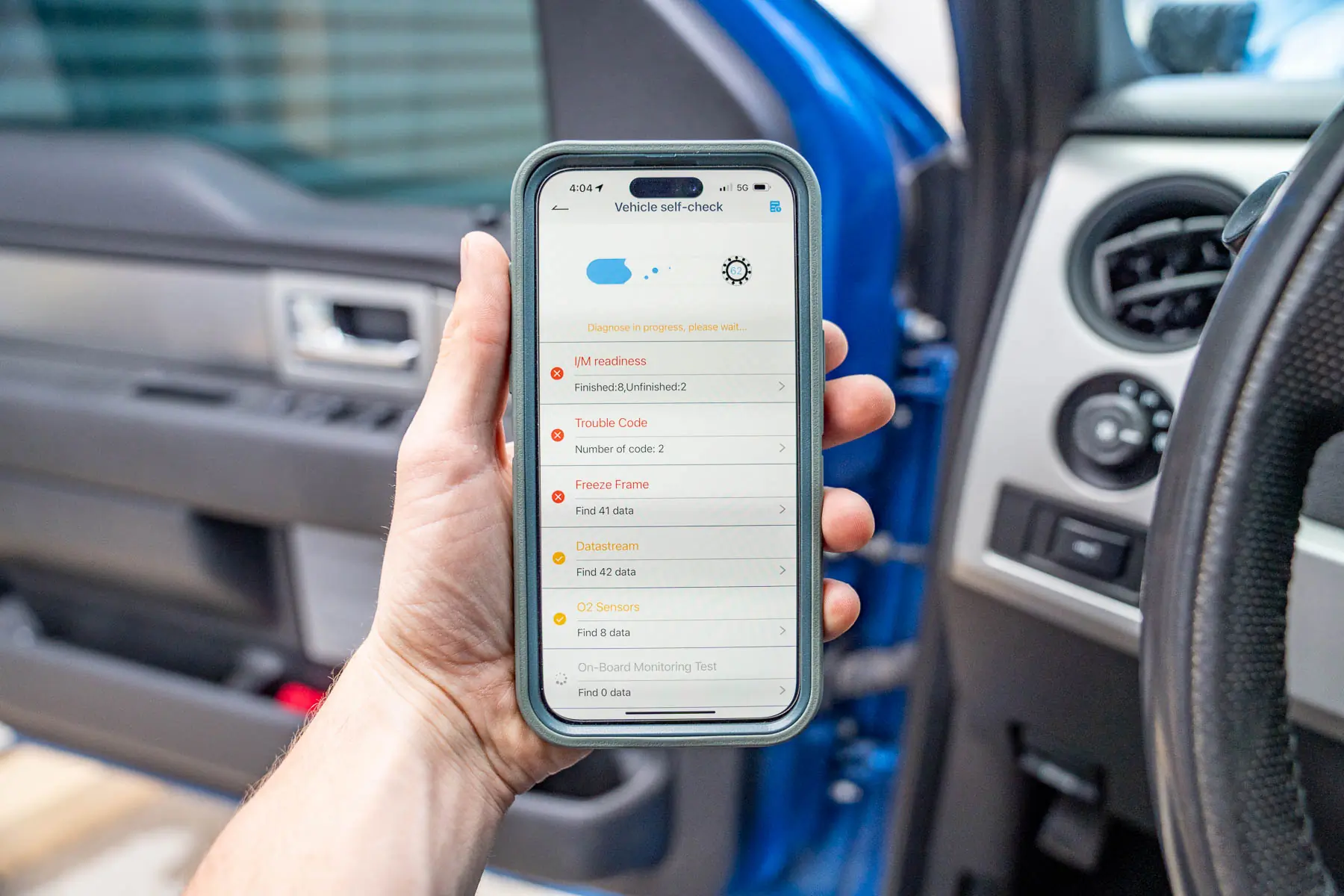



Live Data & Real-Time Monitoring
OBD2 scanners not only read codes but can also show you real-time data about your vehicle. First and foremost, each trouble code is associated with a sensor on your rig. When that sensor identifies data beyond its typical parameters, it triggers the code. You can use a scanner to view the live data from any of the sensors on your vehicle.
Certain scanners let you view only one set of sensor data at a time, while others monitor and display lists of multiple sensors at once. Some of these code readers can chart these data sets with a graph or numerically, while others put them into an easily readable display much like the one on your vehicle’s dashboard.
Regarding this feature, the standout scanner was the OBDLINK MX+. First, the design uses a heads-up display similar to a dashboard gauge to show 13 specific and comprehensible parameters. Secondly, you can choose to monitor any of the vehicle’s sensors on a different screen. Lastly, it archives the data for all of the vehicle’s sensors.
Not only does it collect data from hundreds of vehicle sensors, but it also logs trip data, including GPS, trip distance, fuel economy, and more. It can be pretty useful for a scanner to be able to record what the sensors were doing during a trip and save that data into a log.
On the topic of live data, we need to mention how intricate and precise the Topdon TopScan OBDII Bluetooth Scanner can get. This little guy has the ability to actually adjust the air fuel mixture to your liking and perform compression testing on each cylinder — that’s a feature to entice a weekend racer on a budget.
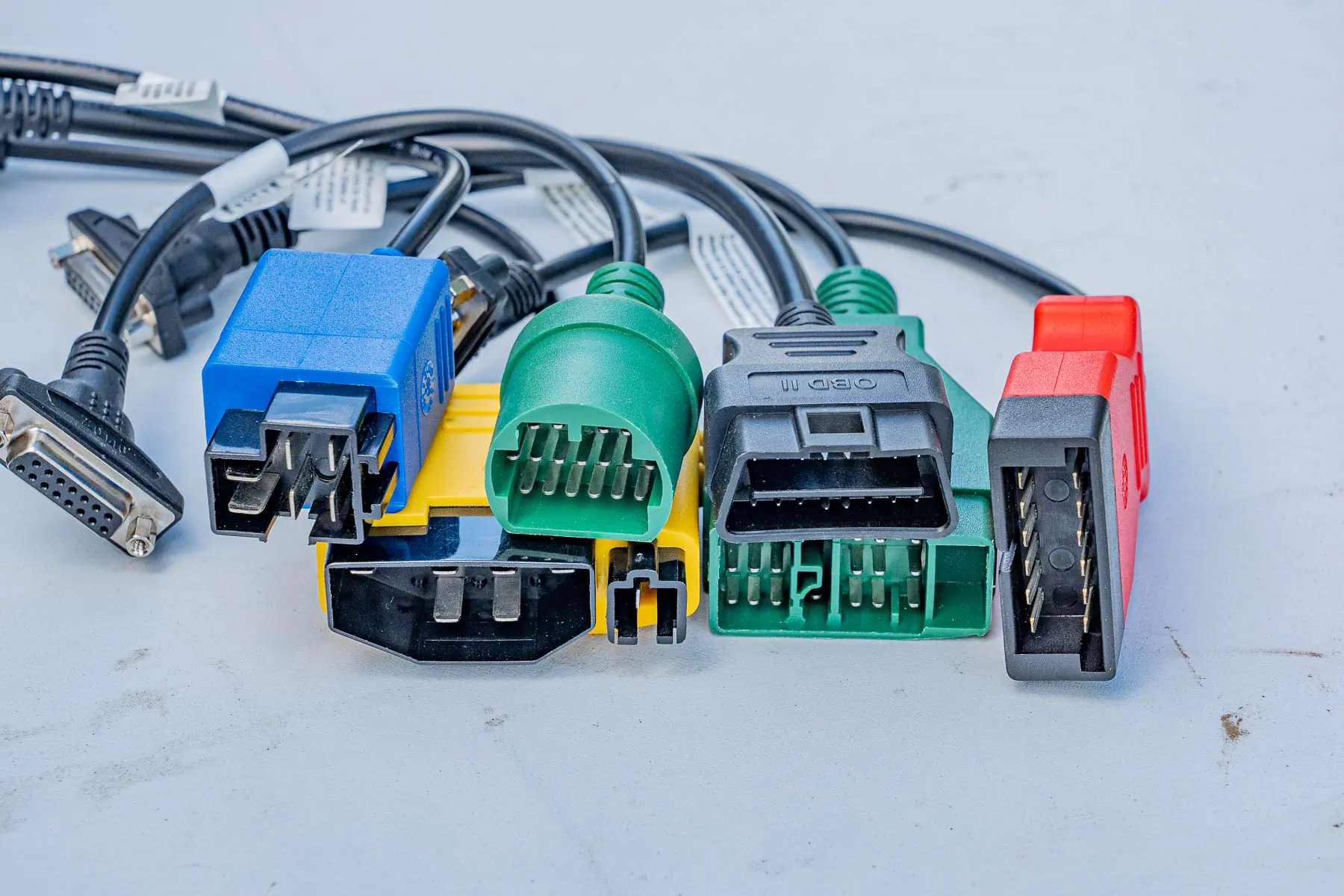



Ease of Use
When you first start using OBD2 scanners, it might feel that these are instruments reserved for the professionals. But modern day scanners make it easy for any level of automotive enthusiast to use and even understand trouble codes. Each character-reader has step-by-step instructions and prompts to help walk you through connecting and scanning your vehicle.
When it comes to ease of use, the Bluetooth-compatible scanners really shine. To read error codes with these setups, you need to download the corresponding app for a compatible phone or tablet. Then, you plug the scanner into the OBD2 port on a vehicle and connect via Bluetooth. From here, the apparatus is controlled through the app, where the user interface is more vivid and comprehensive compared to the traditional wired scanners.
We found that the Bluedriver Pro and corresponding app were the easiest to operate. Reading and clearing codes was done via a simple menu. The mechanism provided obvious instructions for every step of the process. We had a plain-sailing experience with the app throughout different functions, and it offered a user manual that was readily available.




Connection
Each scanner connects to the vehicle’s OBD2 port via an OBD2 plug. The machine either utilizes a wire from the port to the scanner or a Bluetooth connection to a cell phone or tablet.
Wired
Wired OBD2 scanners are more common and are the original design. The brain of the scanner is contained within its own shell. They come with a screen that displays information, and the face buttons control the device.
These don’t require additional batteries or accessories to operate and can even store information offline, like the 26 million code fixes in the Bosch 1300 OBD. Using the scanner means you need to be physically close to the OBD2 port, which usually means sitting in the front seat of the vehicle due to the constraints of the wire. They take up more space compared to their Bluetooth counterparts.
Bluetooth
Bluetooth scanners are very small in size. They still plug into the vehicle’s OBD2 port but don’t use any wires. Instead of an included screen and a wire, this appliance uses Bluetooth to connect to a phone or tablet. The brain behind the system is an app that needs to be installed onto your phone or whatever device you’re using like a remote control.
Compared to old-school accessories, using a phone means you’ll have a much larger and crisper screen. Plus, the user interface is an even bigger piece of cake. These auto gadgets take up considerably less space when not in use. You can even leave them plugged into the OBD2 port when they’re powered down.
One drawback: In order to be used on the fly, they need a fully charged and compliant phone or tablet with the app previously installed. Also, they won’t display some information if you’re out of cell phone coverage or lacking a Wi-Fi connection. So there’s some contingency with the functions.




Price & Value
Even the most economical OBD2 scanner will get you pointed in the right direction. Other scanners rival pro-grade units. This price list will help you decide which is right for you and your budget.
Budget
In the sub $100 range, you’ll find the Motopower MP69033 ($24), Ancel BD31 ($88), and TOPDON TopScan OBD2 ($89).
Don’t let the great value of these scanners fool you. The two higher-priced units in this sector (which also happen to be Bluetooth) can perform more tasks than most DIY’ers are going to need to tackle. They are indeed a great value for what they are capable of outside of just pointing you in the direction of a solution to your automotive woes.
But if very basic is what you’re after, the Motopower scanner will certainly do the job without causing you to wonder what happened to the contents of your wallet. This device is our pick for the budget arena. You can read and clear codes easily. It is simple and straightforward, it does what it is designed to do, and does it for less than $25.
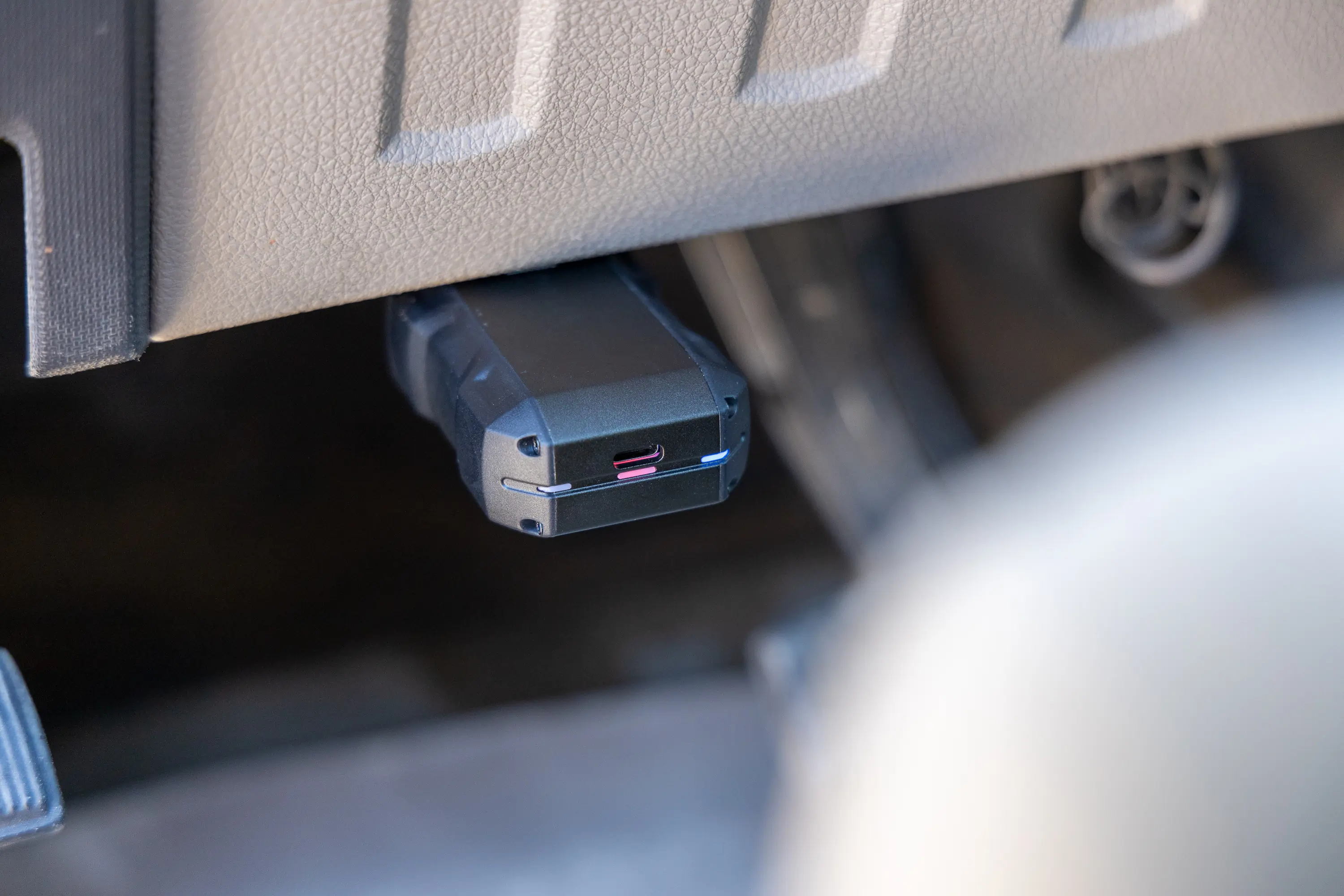



Mid-Tier
Stepping up in price a bit we have the Bluedriver Pro ($100) and the OBDLINK MX+ ($140). These two Bluetooth scanners pack a huge punch and are rich with features. These mid-price devices will be more than enough for even the most serious gearheads.
Our top pick for this price point, as well as our top pick for this guide, is the OBDLINK MX+. Not only does it provide more metrics than any other scanner we tested, it also has the ability to connect with third-party apps to really dial in the performance of your vehicle. That is a pro-grade function at mid-range pricing.
Premium
In the top price tier is the Bosch 1300 OBD ($300). Unlike many of the other scanners we tested that are Bluetooth, this is a wired unit. But if you’re buying this scanner, you are serious about wrenching on modern OBDI and OBD2 vehicles and are probably not going to care much about the cord. While it is the most expensive device in our guide, it is still a bargain compared to pro-grade scanners. And if we’re being honest, it will certainly rival them. This is also the only scanner in the lineup that will read codes for earlier OBDI vehicles. With a database of 26 million experienced-based fixes uploaded and a supplemental power supply for when your chariot’s battery is dead, this is a great premium pick that you can’t go wrong with.




Frequently Asked Questions
OBD stands for onboard diagnostics, which refers to a standard protocol across most light-duty vehicles to retrieve vehicle diagnostic information. Simply put, this scanner talks to your vehicle’s computer.
From here, the contraption can use that connection to read and clear check engine lights or codes. Certain ones can take the data from the vehicle and apply diagnostics to show possible causes and fixes.
Some designs also have the ability to measure driving behavior or show real-time data from the vehicle.
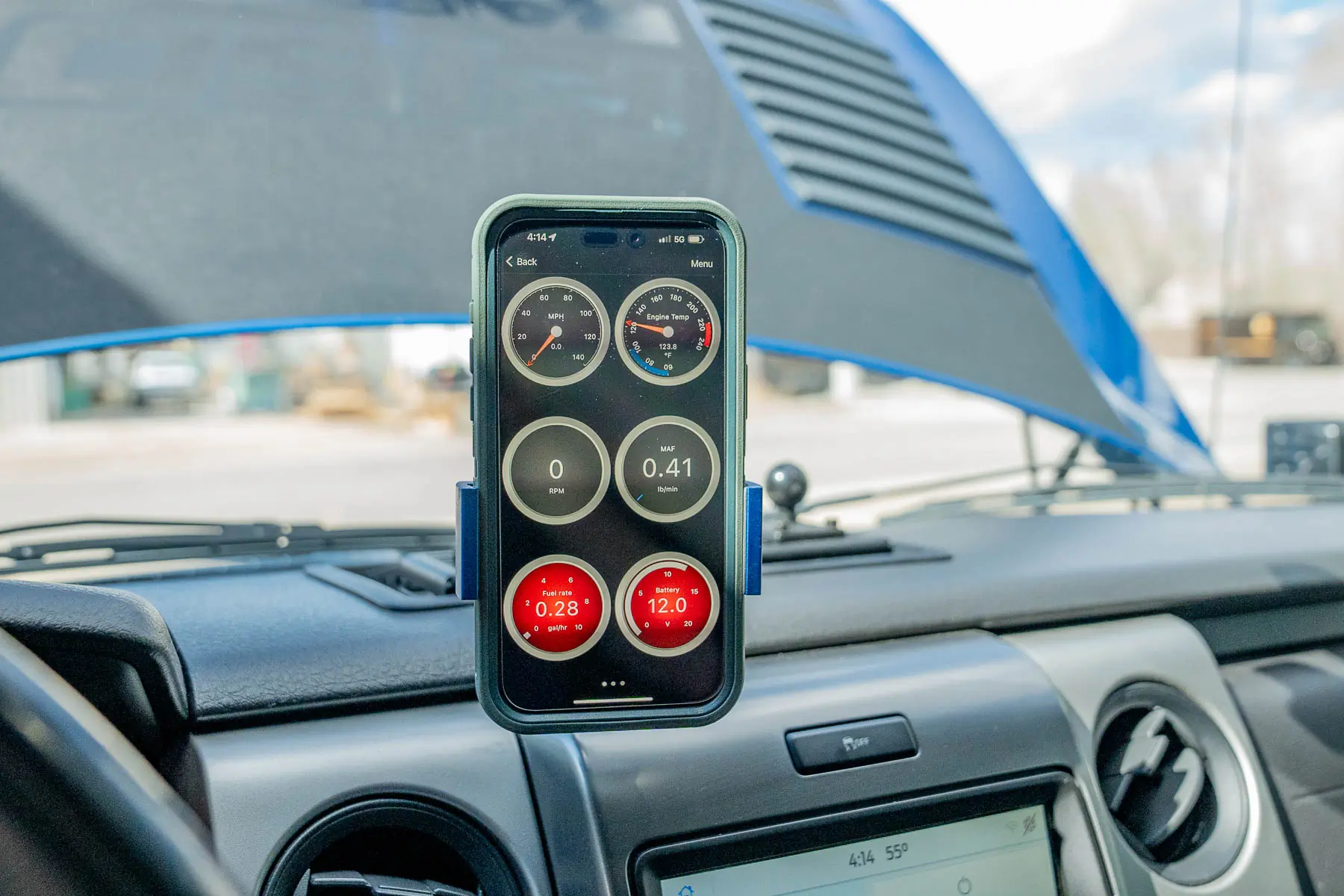



In 1996, OBD2 became mandatory for all vehicles that are manufactured in the United States. In 2001, the European Union followed suit. OBD2 scanners should work on all cars manufactured those years or after.
As new vehicles are released, scanners are continuously updated with the ability to communicate with those models, but this process usually takes a few years.
Some vehicles manufactured in places like Canada and Japan have their own versions of OBD2. It’s best to double-check that your vehicle is compliant with any scanner before you purchase it.
In short, you cannot drive or steer your vehicle through an OBD2 port.
That being said, you can control a range of automotive systems like the check engine lights, airbags, anti-lock brakes, oil maintenance lights, and more.
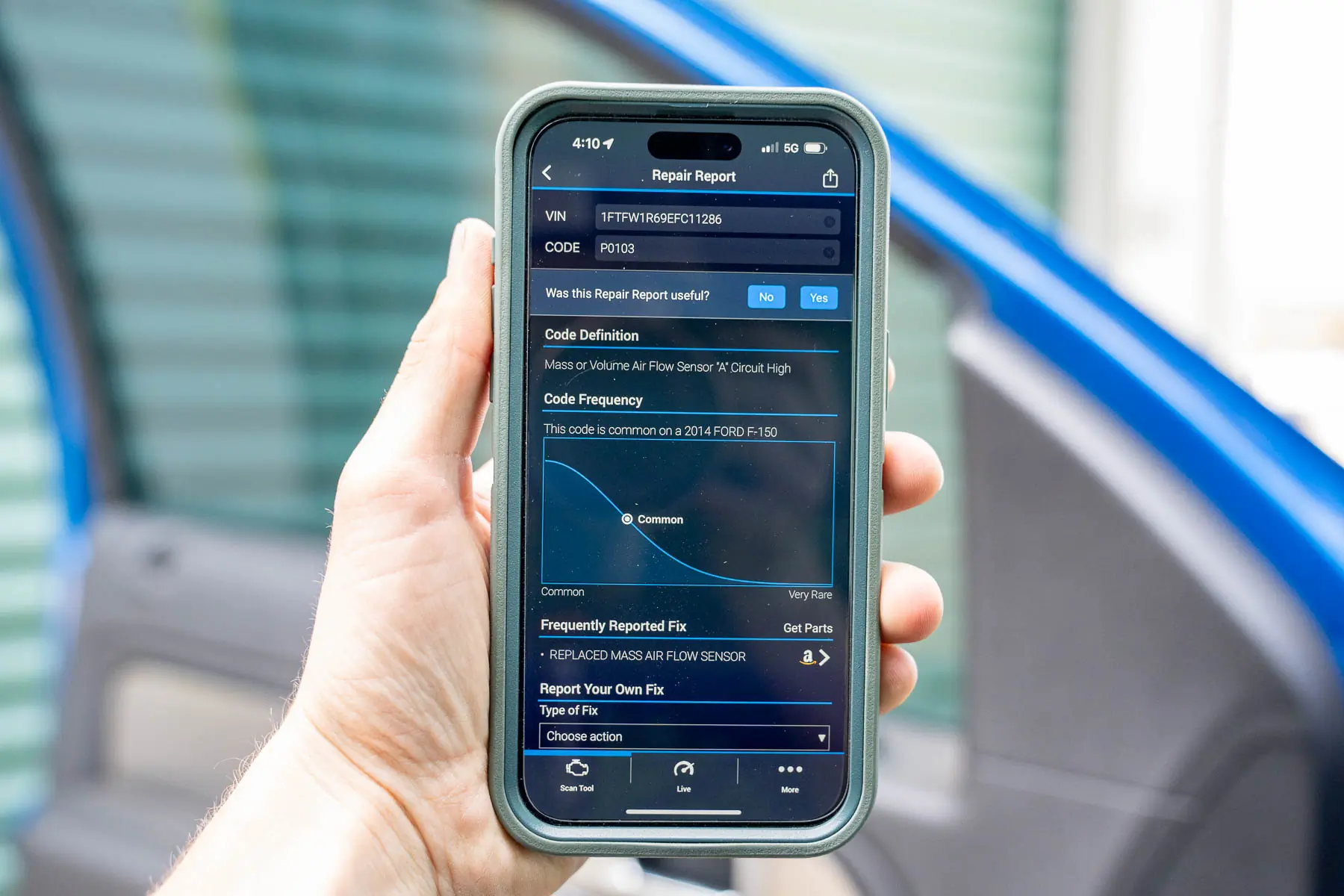



OBD2 scanners are designed to detect a standardized list of diagnostic trouble codes and check engine lights.
Usually your vehicle will display a check engine light if any error codes are produced. The codes produced are five characters long and can be both generic and specific about each problem.
These computers can detect problems with the engine, transmission, emissions, electronics, airbags, brakes, and more.
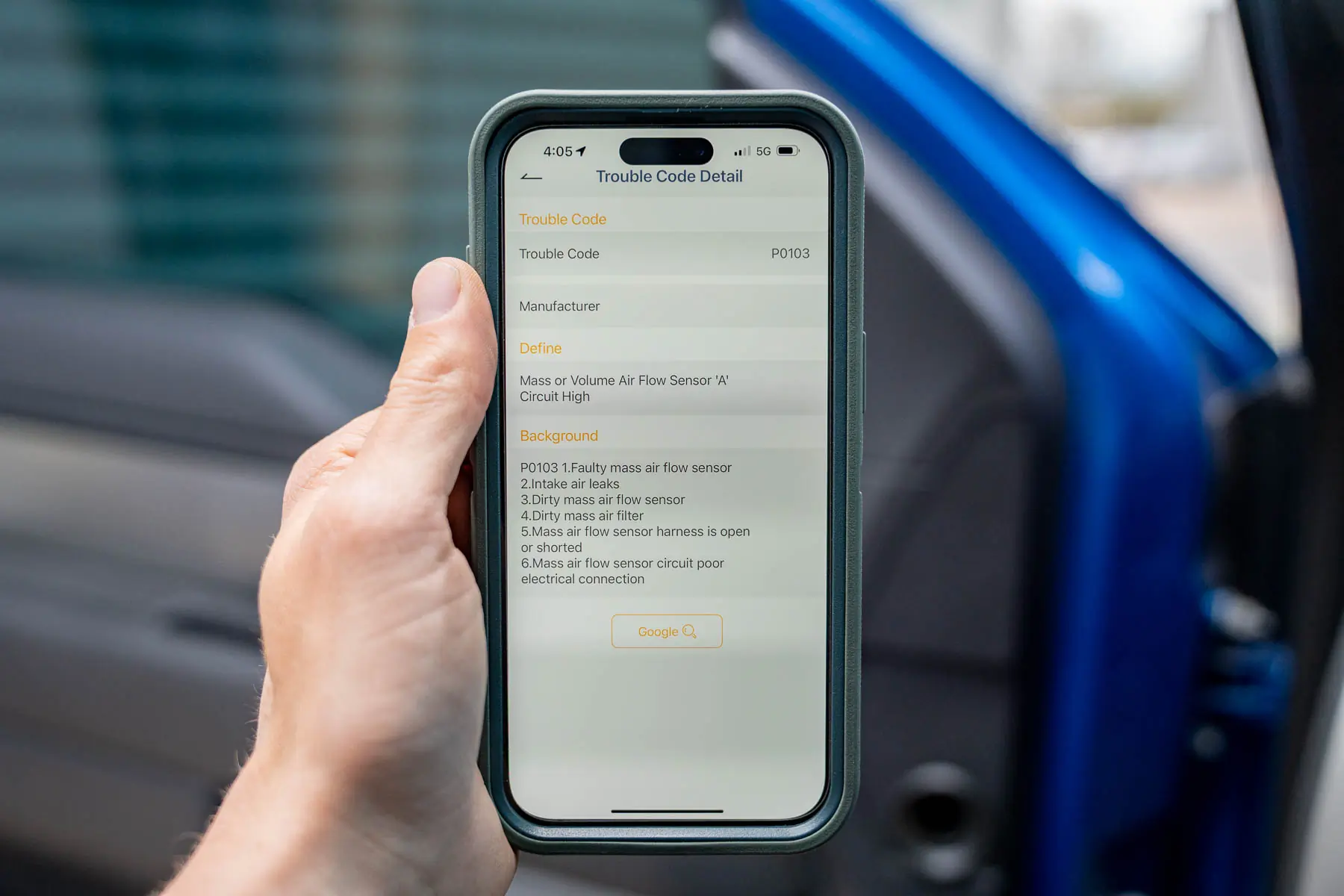



Before OBD2 was standardized across the United States, some automotive manufacturers used basic OBD1 ports to provide vehicle information. That camp included 1984-1995 Ford and GM vehicles and 1989-1995 Chrysler and Toyota vehicles. OBD1 was rather generic regarding what information could be provided compared to its younger brother, OBD2.
When it came on the scene, OBD2 standardized error codes across manufacturers. In OBD1 iterations, the same error code could signify different issues across various manufacturers.
In an exclusive take, the Bosch 1300 OBD was the only gadget in our guide able to read OBD1 and OBD2 codes.
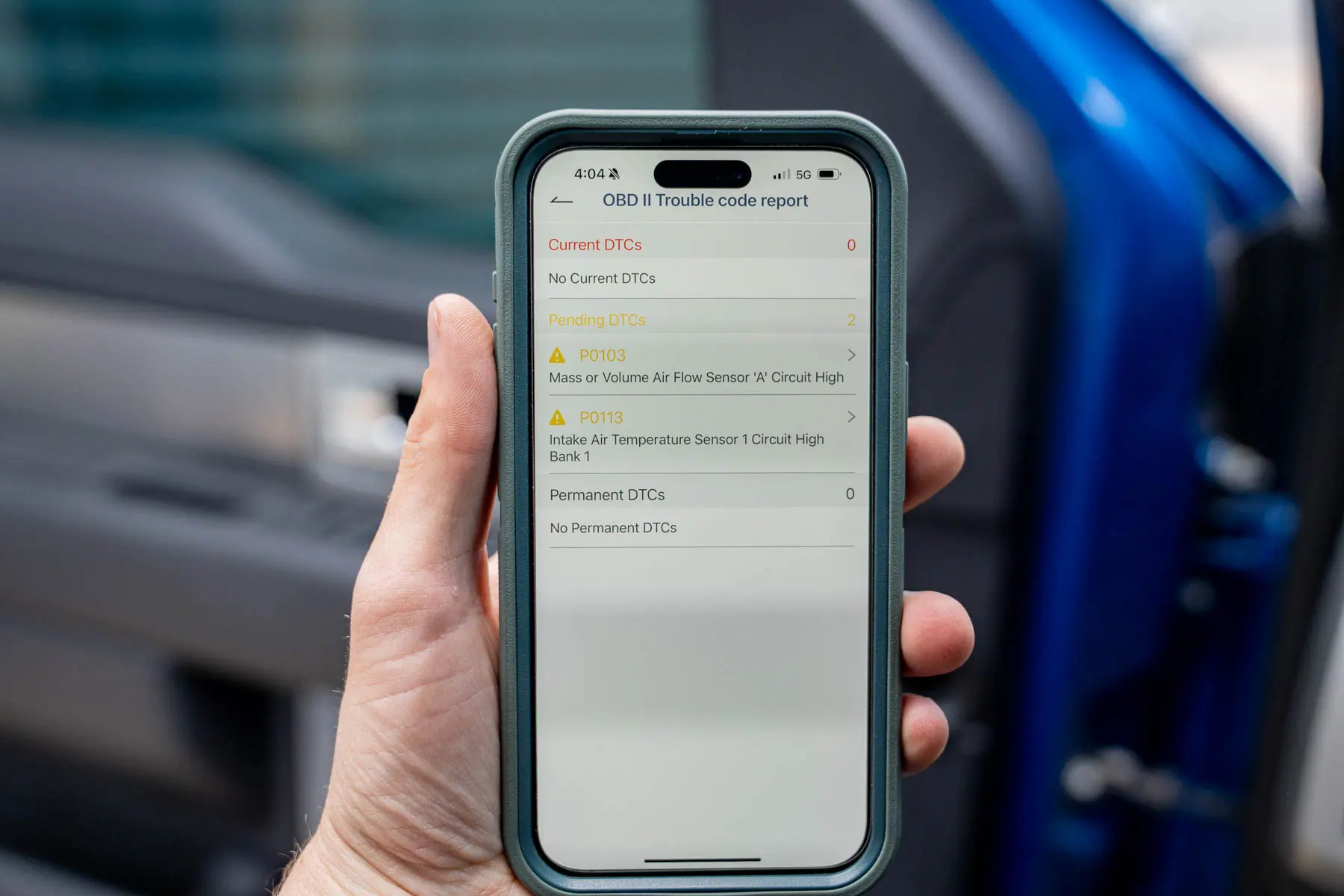



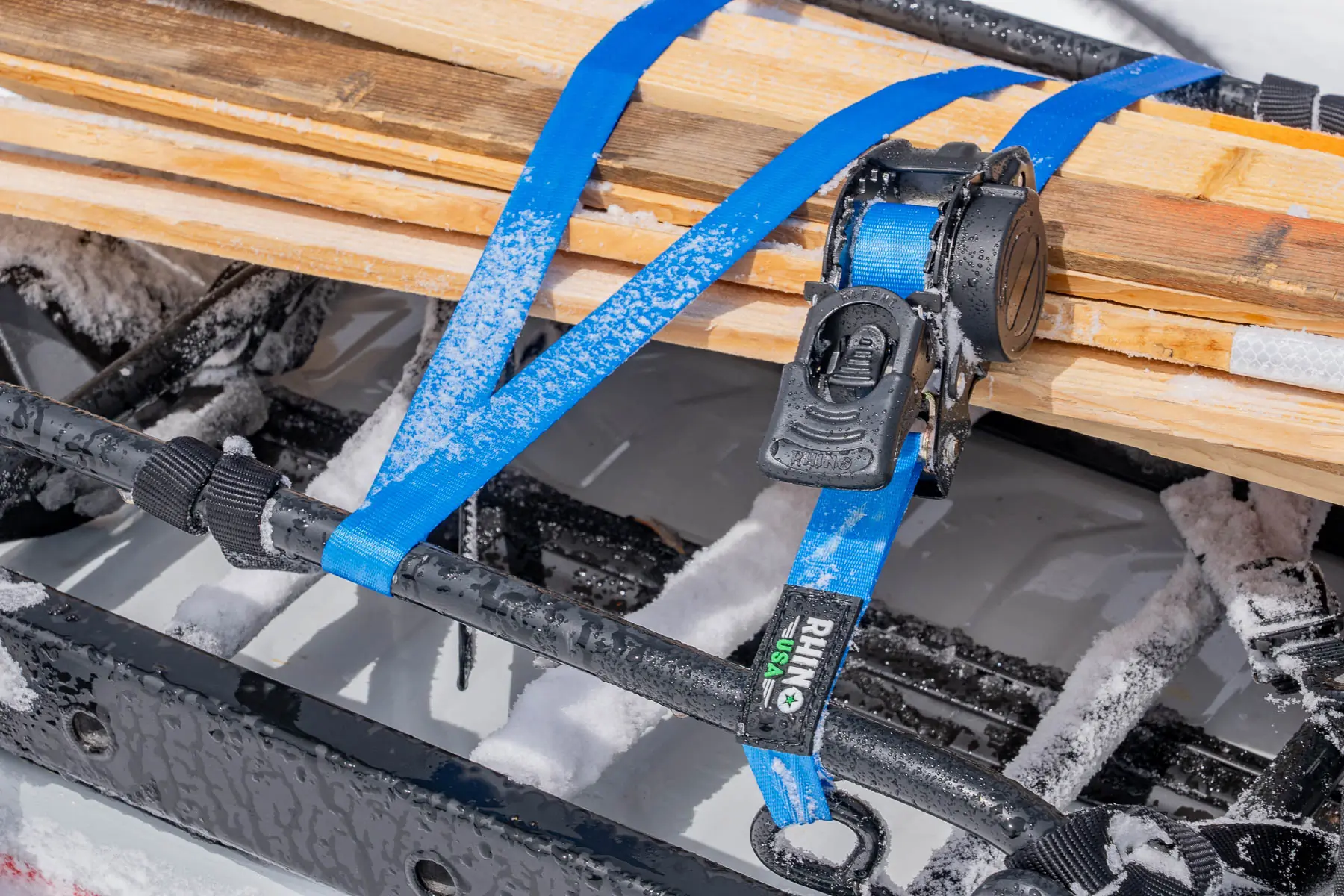

The Best Ratchet Straps of 2025
Need a ratchet strap to tie down your gear? We’ve tested the best ratchet straps so you can find the right system for your haul.
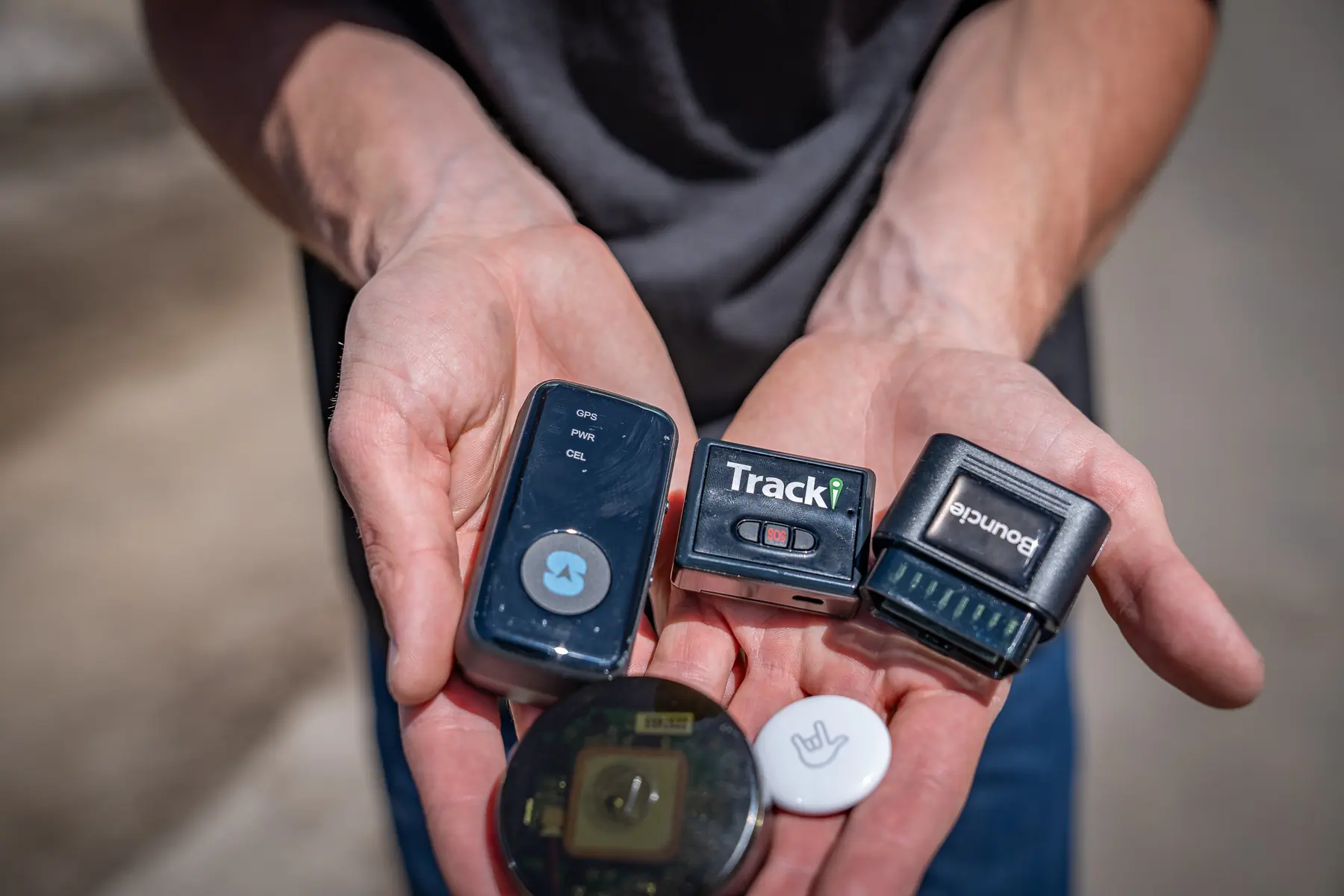

The Best GPS Trackers for Cars of 2025
We tested a variety of GPS trackers to find the best options for tracing vehicles, property, and loved ones. Here are our top picks.

